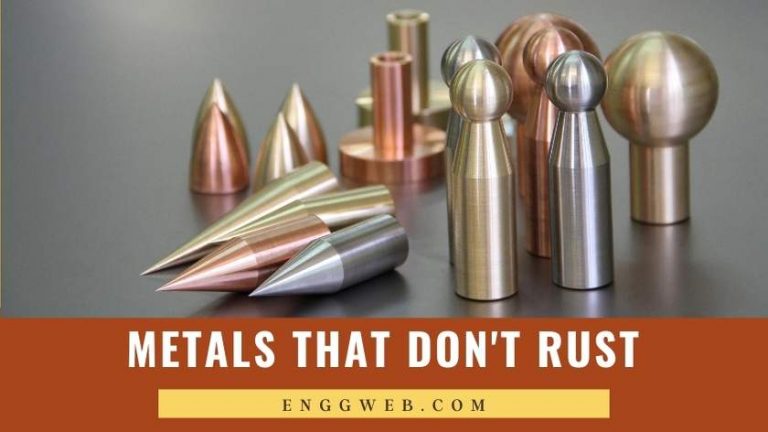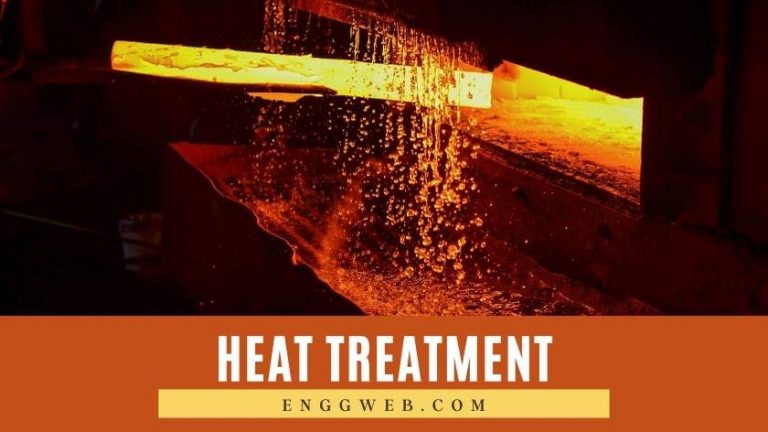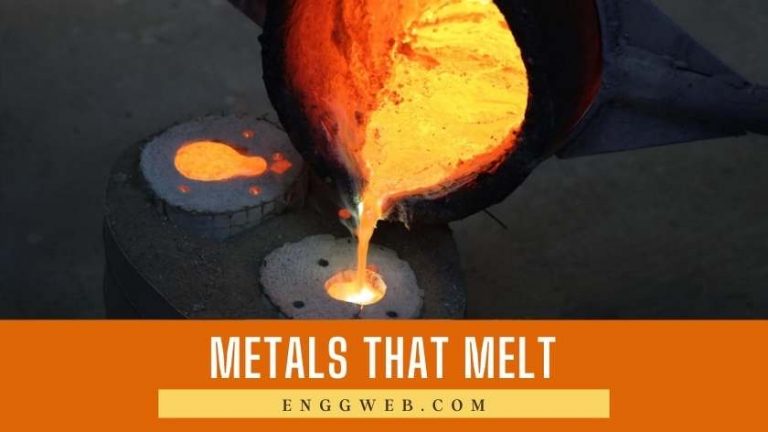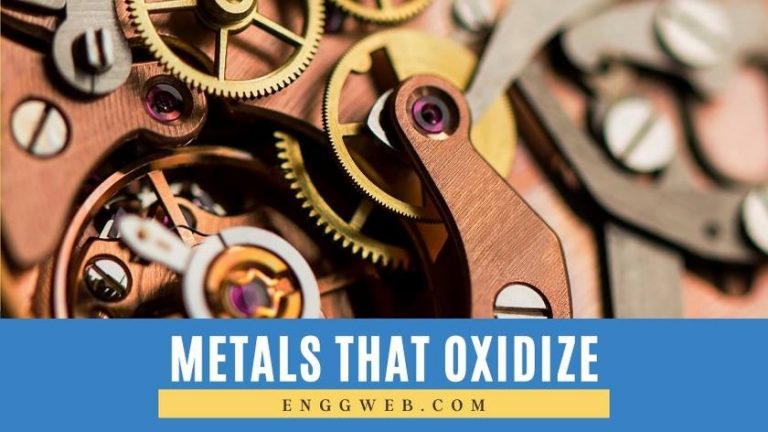Quenching
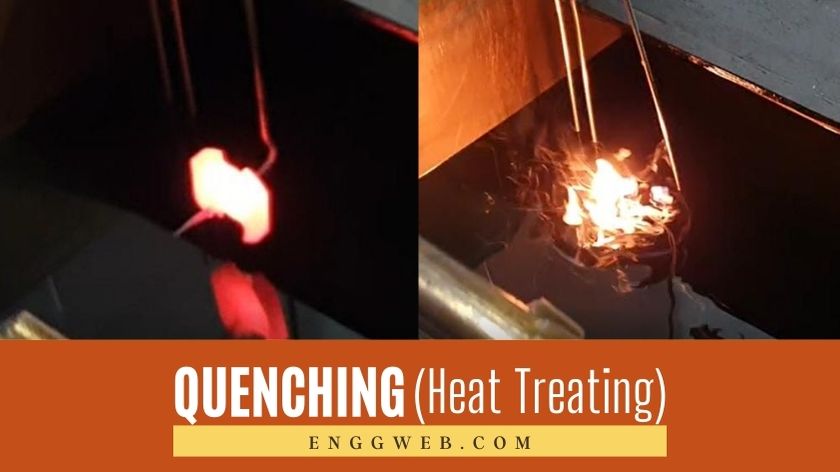
Quenching is an essential component of most heat treatment procedures. What is quenching, though, and why is it important? Read on to find out.
Contents
Quenching Definition
Quenching is defined as the rapid cooling of a material, usually metal, in a quenching medium to obtain specific material properties. The quenching medium is often water, brine, air, or oil. In metallurgy, quenching forms part of the hardening process, rapidly cooling steel from high temperatures to obtain martensitic transformation. Here, the workpiece is cooled through the eutectoid point, where austenitic microstructures become unstable.
Why Is Quenching Done?
Quenching, or rapid cooling of metal, is usually part of the hardening procedure. To properly understand the role of quenching, we need to have a birds-eye view of what happens during the hardening process.
During hardening, we heat the metal to a specific temperature, keeping it there until the metal is heated through (soaking). Next, we cool it exceptionally quickly.
The hardening temperature depends on the type of metal and the qualities we’re trying to achieve. For each temperature range, metals form a specific microstructure. Each microstructure has unique properties usually not found in the other microstructures. In the case of hardening, we’re generally after the martensitic microstructure, since this is tough and durable. Soaking the metal at this temperature for long enough, allows the entire structure to form this microstructure.
Cooling the metal slowly would cause this microstructure to revert to whatever form is natural within each temperature band – precisely what we don’t want. It’s good news that this transformation takes time, so if we cool the metal fast enough, we can “freeze” the microstructure in the form we want. This is where quenching enters the picture.
Dunking the metal in a quenching medium that is cold enough, forces it to cool rapidly, “freezing” the microstructure. Now, we have metal at room temperature with the mechanical properties we can usually only achieve at high temperatures.
What is Quenching Process?
As explained above, quenching is the rapid cooling of metals from high temperatures to somewhere around room temperature. During the hardening process, steel is heated slightly above the upper critical temperature, followed by soaking and then finally quenched in oil or water to achieve hardness. It’s not just used during the hardening process, however. There are many forms of heat treatment for metals, and each of these requires a specific cooling regime – some fast, others slow, and a whole range in between.
Some quenching processes take longer than others since the metal remains in the quenching medium for longer to ensure uniform cooling.
What Happens During Quenching?
When hot metal gets plunged into a quenching medium, the microstructure freaks out a bit. Naturally, the metal wants to be at specific microstructures that vary across its temperature ranges. So, when the hot metal is suddenly in contact with the cold quenching medium, it tries to revert to the microstructure it finds natural at that temperature.
Unfortunately for the metal, the cooling process is rapid, so the microstructure can’t do this conversion fast enough. The crystals in the microstructure get frozen in place while fighting to get where they want to go. Lucky for us, this usually means that the metal is now harder and more durable than it would have been if we allowed the metal to cool gradually, enabling the microstructure to return to its natural state.
Sometimes, things go wrong during quenching. Rapid cooling induces stresses in the metal’s structure. Under normal circumstances, we would relieve these stresses through annealing or normalizing procedures. If we quench metals too fast (especially if these are long, thin objects), they warp. This change in dimensions compromises the metal’s mechanical integrity, and we may have to throw out that piece.
In some cases, metal could also crack during quenching – again, that piece of metal is now only good for the scrap yard. Usually, this happens if your workpiece has varying cross-sections or when there are holes close to the edge. For example, a screw hole very close to the edges of the piece.
Quenching could also be inadequate. If the quenching medium isn’t cold enough, we will see gradual cooling, negating all the benefits gained through the heating process. When we’re working with thick, large pieces of metal, we also run the risk of removing the metal from the quenching medium too soon. Here, the metal didn’t cool adequately through its entire structure. When this happens, the metal’s interior gets a chance to cool gradually, reverting to an undesired, weaker microstructure.
What Are The Types Of Quenching?
We quench metals at a variety of different rates. The rate and degree of quenching affect the final properties of the metal in question. For this reason, quenching is either done quickly or slowly.
Quenching can also be,
- Complete or
- Partial
Complete: The complete quenching involves submerging hot metal in the quenching medium until it completely cools to room temperature. This is the normal quenching method.
Partial Quenching: Sometimes, you only want to quench the metal’s outer layer, leaving the interior as it is. Here, you would use partial, or even localized, quenching. This means that you submerge the metal in the quenching medium long enough to cool the outer layer but leave the interior portion to cool at a slower rate. Alternatively, you would submerge only a piece of the part, quenching only that portion of the metal, while leaving the remainder to cool at a slower rate.
A variation of this technique is partial heating and quenching. Metalworkers who do the heat treatment manually with a torch would often heat only the area where they need hardness and quench it. However, this can lead to cracks and warpage.
Different Types of Quenching Media
There are various types of quenching media available in metallurgy. The most commonly used quenching media are water, brine, oil, and air. It is essential to match the quenching medium and its temperature to the metal in question, as well as the starting temperature.
Each quenching medium has specific properties, influencing the quenching speed, along with post-quench considerations and cost. For example, quenching a metal prone to rusting in brine could be detrimental to the metal’s lifespan, since brine (a saltwater solution) causes rust. Oil tends to be the most expensive quenching medium, but it doesn’t cause rust or corrosion.
Then, of course, there’s the quenching speed. As mentioned before, quenching a metal too fast or too slow could negatively impact its mechanical properties. The quenching medium and its temperature determines the quenching speed, and should thus be chosen with care.
1. Air
Air is by far the slowest of all the quenching media. Leaving hot metal to cool in still cold air counts as air quenching. However, this slow cooling would negate the benefits of many heat treatment processes. Hence, we quench metal with a stream of compressed air. This process allows for faster cooling than with still air. However, it’s still slow in comparison with the other quenching media.
The advantage of cooling in the air is that it creates less stress in the material structure and hence results in better mechanical properties. On the flip side, the slow cooling rate results in lower hardness when compared to oil or water quenching.
2. Quenching Oil
Various types of oil can be used for quenching. The type of oil used would depend on the metal in question and its intended end-use. Each type of oil has a different cooling rate, flash point, and cost, all of which affect your choice. Most oils are also flammable (hence the reference to flashpoint) – it is crucial to maintain the oil temperature well below the flashpoint to ensure everyone’s safety.
When using oil as a quenching medium, you could either just immerse the metal into an oil bath, or use circulation to force the oil over and through the part being quenched. Circulating the quenching oil through a heat exchanger would cool it down, further enhancing its quenching efficiency. This could be expensive, though, and isn’t done often.
3. Quenching in Water
Water is inflammable and cheaper than oil. For this reason, it is a widely used quenching medium. Water cools metal far quicker than oil does. As with oil, you could submerge the part in question in a water bath and leave it there, or circulate water to flow over or through the piece. Again, you could also use a heat exchanger to cool the water, increasing the quenching efficiency.
4. Brine
Brine, a solution of water and salt, is a highly effective cooling medium. As with water and oil, you could use a stationary quenching bath or circulate brine over the part in question to enhance the quenching speed.
Which Is the Fastest Quenching Medium in Heat Treatment?
Brine is the fastest quenching medium. The reason for this is quite interesting.
In other quenching media, air bubbles form on the metal’s surface as it heats the quenching medium, causing it to boil (local evaporation). These air pockets inhibit cooling since air does not conduct heat as efficiently as water or oil. Because of the chemistry of the brine solution, air pocket formation is discouraged. Since no air pockets are forming on the metal’s surface, heat gets conducted away from the metal’s surface quickly and without interruption, allowing for highly efficient cooling.
Summary
Quenching is an essential part of most metal heat treatment processes, specifically the hardening process. Without quenching, we will not have access to many mechanical properties that make metals ideal for most working conditions, such as extreme hardness and toughness. We trust that you found this article helpful as an introduction to quenching.

